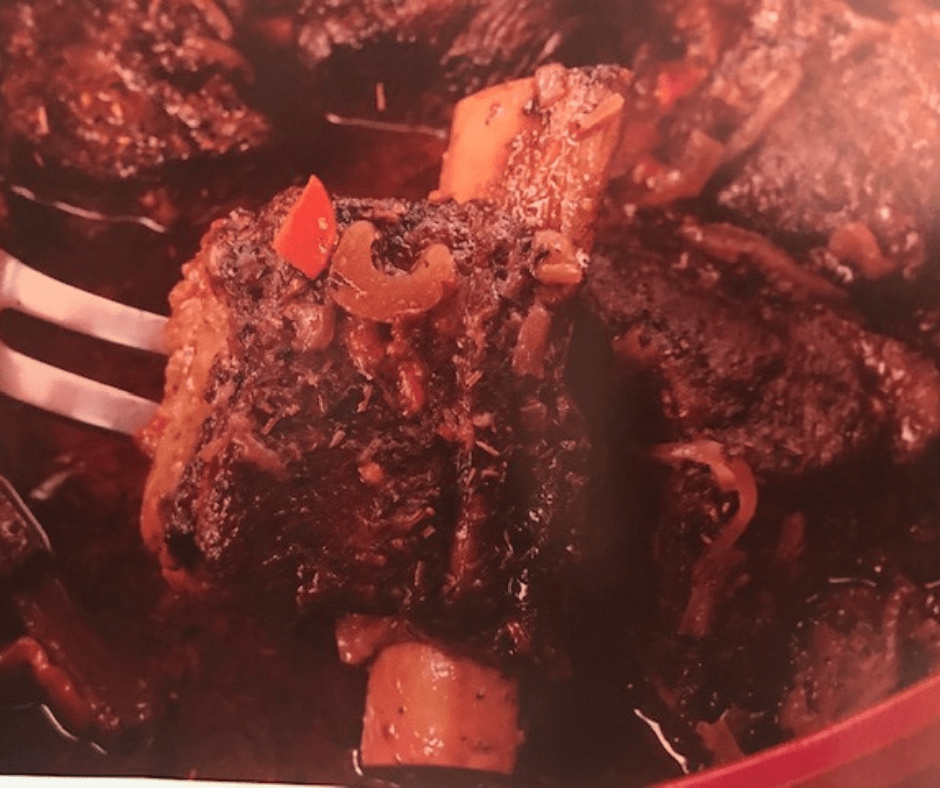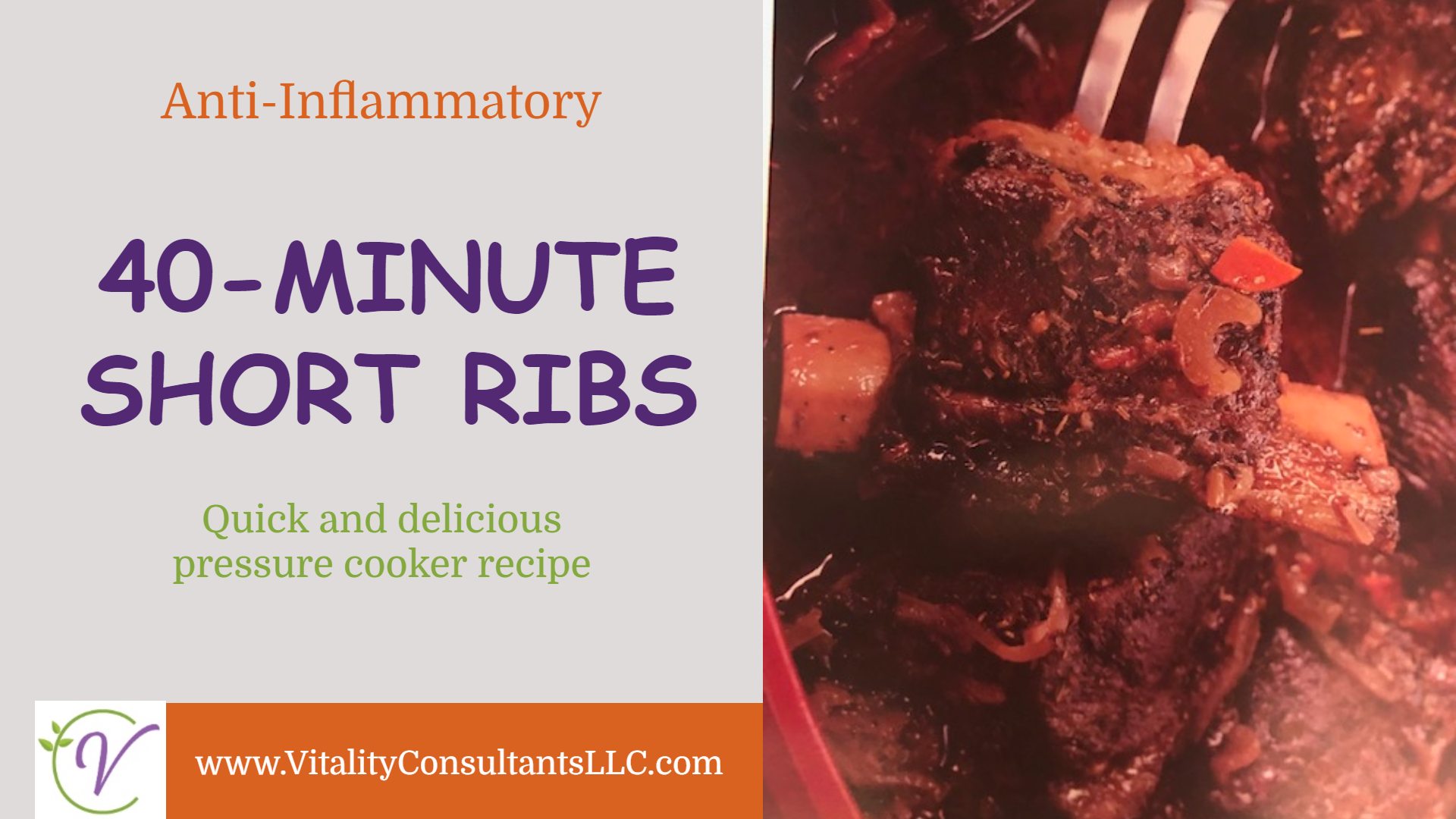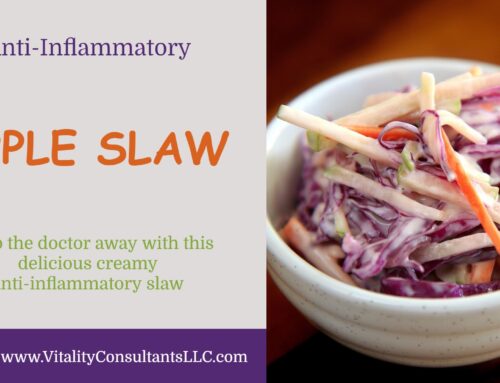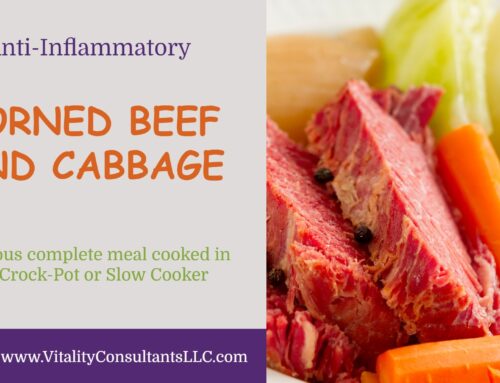You can easily make your own nutrient dense bone broth from the bones of beef, bison, fish, lamb, poultry (chicken, duck, goose, turkey) or venison. To avoid toxins, choose bones from animals that are organic, pastured, grass-fed and wild caught. Bones that contain cartilage are an excellent choice. They will produce a nutrient rich gelatin. I also recommend adding bones that include visible meat to enrich the flavor of your broth. The vegetables and spices are added both for flavor and added nutrients. Below you will read everything you need to know about making bone broth at home.
 Here are several places to find bones for your stock:
Here are several places to find bones for your stock:
- Keep all of your leftover bones from roasted chicken, a bone in roast, etc.. I store mine in a freezer bag in the freezer.
- Find a local butcher that processes the whole animal. If they do not carry the bones, they may be able to order them for you.
- Purchase bones from farmers who raise grass fed animals. Check out EatWild http://www.eatwild.com/products/index.html
- Ask your hunting friends to save bones for you during hunting season and store them in your freezer.
- Check with your grocer. Whole Foods sells soup bones
- Order online- U.S. Wellness or Tropical Traditions are good options
https://grasslandbeef.com/bones
https://healthytraditions.com/catalogsearch/result/?q=bones
Types of bones that work best:
Beef – Choose marrow rich bones like knuckles, joints, neck and feet. For flavor, add meaty bones like oxtail, shank, and short ribs.
Pork – Pig’s foot can be added to any broth recipe and it will not affect the flavor.
Poultry – Use the full carcass of the bird including necks, backs and feetAdd extra wings and thighs to chicken or turkey bone broth.
Wild Game – Avoid using the spine. Deer, moose, elk and antelope work well.
Fish – Only cook fish broth for one hour to avoid a fishy taste. Cooking longer can cause the oils to become rancid. Fishmongers will often save fish bones for you for free. Use carcasses from non-oily fish such as cod, haddock, hake, sole and snapper. Avoid carcasses of oily fish such as salmon, tuna, herring and swordfish. Tip: Chop all of your veggies more finely than with other bone broths so that the flavor will release better in the shortened cook time
Don’t think that bone broth is just for soup! This anti-inflammatory short ribs recipe will have you making homemade pork or beef bone broth year round! If you’re looking for a Simple Bone Broth recipe, try this one!

40-Minute Short Ribs
Equipment
- Pressure Cooker
Ingredients
- 8 short ribs trimmed
- 2 cups beef broth or stock
- 4 carrots peeled and diced
- 1 medium onion peeled and diced
- 2 stalks celery diced
- 3 cloves garlic peeled and minced
- 2 Tbsp tomato paste
- 2 Tbsp olive oil
- Sea salt and ground black pepper to taste
- 1 sprig thyme
- 1 sprig rosemary
- 1 bay leaf
Instructions
- Season the short ribs with salt and pepper. Pour the olive oil into the inner pot of your pressure cooker and turn the dial to 40 minutes. Place the ribs into the inner pot and brown on all sides.
- Remove the ribs and keep aside. Add the vegetables and garlic and saute for 4 minutes. Add the tomato paste and combine to coat vegetables.
- Place the ribs back in the pot with the rest of the ingredients.
- Once the timer reaches 0, the pressure cooker will automatically switch to warm. Switch the pressure release valve to open. When the steam is completely released, remove the lid and serve hot.
Want free anti-inflammatory recipes, downloadable resources and efficiency tips and tricks from a professional chef? Of course you do! Click here for the secret sauce!







